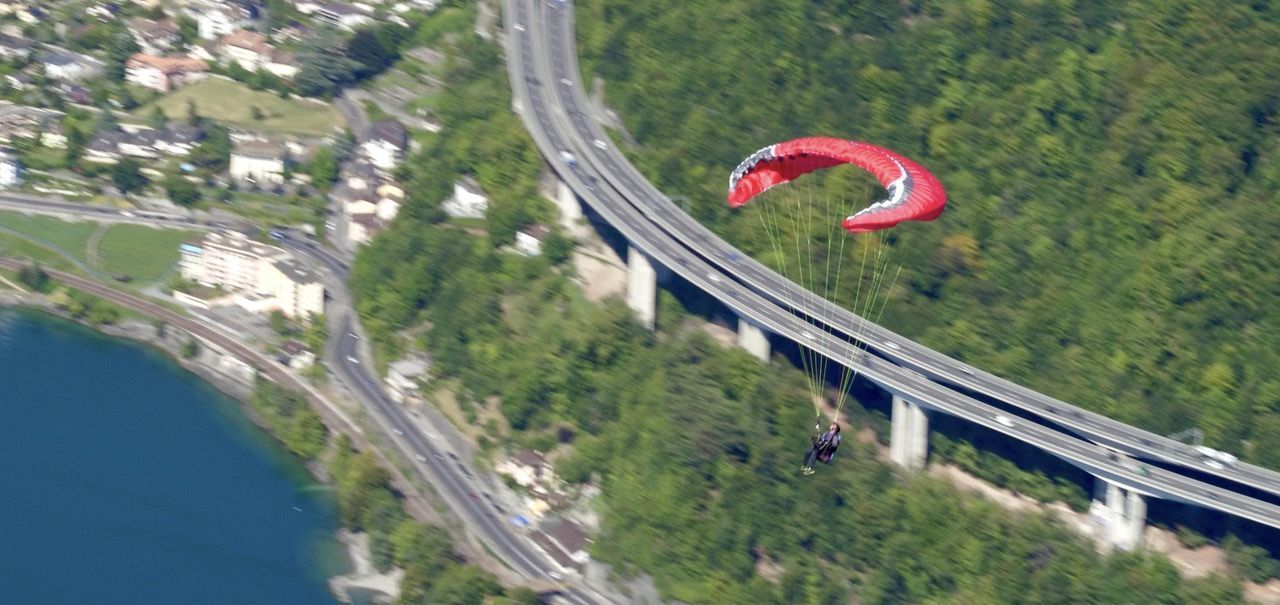The EN 926-2 flight safety characteristics Standard – a WG6 guide for pilots.

EN Standards in free flight – an introduction.
EN standards play an important role in making free flight safer by providing structured methods for testing equipment, giving pilots, manufacturers, schools, and national associations a shared reference point. Through the European Committee for Standardisation (Comité Européen de Normalisation - CEN) process, these standards are developed within an international framework that ensures consistency and impartiality, with independent test houses following established guidelines so results are fair and comparable across manufacturers.
The EN 926-2 Paraglider Flight Safety Characteristics Standard has been developed following this process. It provides a structured way to assess how gliders react in specific manoeuvres, giving pilots valuable information when choosing their next wing. While no test can cover every flying situation, EN 926-2 provides a common framework for describing and comparing paragliders. This article aims to provide a guide to the EN testing process and help pilots use the EN information wisely when
choosing and flying their paragliders.
Who is responsible for writing and revising paraglider standards?
Each national standards body (for example AFNOR in France, DIN in Germany, BSI in the UK) nominates experts to ‘Working Groups’, which make decisions by consensus following CEN protocols. This structure prevents any single manufacturer or country from dominating the process and ensures that safety and fairness remain at the heart of every standard.
EN paraglider standards, including EN 926-2, are developed and revised by a group of experts known as Working Group 6 (WG6). It includes representatives from manufacturers, test houses and national associations.
WG6’s aim is to keep the standards realistic, technically accurate, and (as far as possible) up to date with modern glider design and flight behaviour. AFNOR, the French national standards body, currently coordinates the work of WG6 and ensures compliance with European standardisation procedures. The standardisation process may seem slow from the outside; however, it helps ensure that the final standard is fair, evidence-led, and based on consensus rather than commercial interest.
EHPU’s role in the EN Standards process.
The EHPU supports the process by funding the administrative side of drafting and revising free flight EN Standards.
These include EN 926-1 (paraglider strength and shock tests), EN 926-2 (paraglider flight tests), EN 1651
(paraglider harnesses) and EN 12491 (emergency parachutes).
Benefits of EN Classification - a guide, but not a guarantee.
The EN 926-2 Paraglider Flight Test Standard is one important tool to help you understand how a paraglider
behaves in certain test situations. However, it is not a complete answer to the question: “Is this wing right for me?”
EN 926-2 provides comparable information across paragliders from different manufacturers.
What the EN 926-2 Standard IS.
- EN 926-2 is a European standard for testing how paragliders behave in specific manoeuvres (e.g. collapses, spirals).
- It helps compare gliders by rating them in classes from A (most forgiving) to D (most demanding).
- Each manoeuvre is assessed by trained test pilots in controlled conditions, flying in a seated harness.
- It is a voluntary standard – manufacturers can choose whether to put their paraglider through the testing process.
- Glider designs that have been tested and approved under this standard are considered ‘homologated’ (a process sometimes colloquially referred to as ‘certification’ in some countries).
What the EN 926-2 Standard IS NOT.
- It is not possible to recreate real-life turbulence in a reliable, repeatable way – so the tests cannot reflect all the conditions you might encounter while flying.
- The Standard does not measure passive safety in real-world scenarios, such as thermals, wind shear, or lowlevel turbulence.
- It does not evaluate pilot judgment, non-standard or mistimed control inputs, or decision-making under pressure.
- The Standard does not guarantee that the wing will always behave as in the tests. Even in calm air with a similar harness setting, it may react more severely, and the tested manoeuvres represent a small sample of the ways that incidents can occur in flight.
The bottom line: An EN 926-2 classification means the paraglider has passed a set of standardised tests,
but it may still behave unpredictably in strong or complex air. That’s why training, real experience,
coaching, and judgment matter just as much as the EN Class. Choosing a glider only by its EN class can
lead to dangerous mismatches between pilot ability and wing demands.
How to Use the EN Classes wisely.
Recommendations for pilots:
- Think of the EN class as a starting point, not the final conclusion.
- Consult a suitably qualified instructor or coach to match your skills, experience, and goals to a suitable wing and harness.
- Review manufacturers’ information, other pilots’ feedback, seek advice from trained instructors to understand the wing’s real-world behaviour, and consider flight characteristics beyond the standardised test results.
- EN tests are carried out on new paragliders. Over time and with use, a wing’s behaviour will change if the lines stretch or shrink, or the fabric deteriorates with age. Regular service checks ensure your glider continues to conform to the tested sample.
- An EN-A paraglider shows the most forgiving behaviour and is therefore the most appropriate choice for all low airtime pilots, not just beginners.
Training and decision-making are essential.
- Accidents rarely happen because of gaps in the tests – they mainly happen because of human error, poor decisions, or lack of preparation by pilots.
- Good ground handling skills, active piloting, and honest self-assessment are just as important as the Test Laboratory label on your glider.
